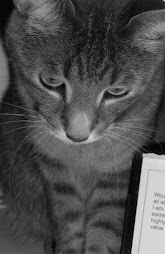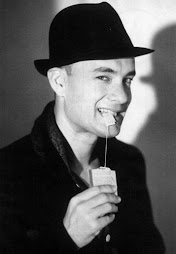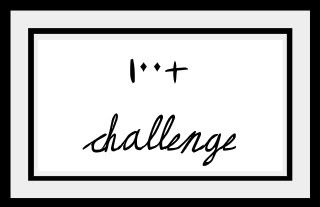
The Maze Runner
James Dashner

rating: 8.5 out of 10 "books"
Have you ever intentionally not done something because someone recommended you do it? I’m talking about parents ordering you to clean your room or friends saying you should check out a certain movie, etc. Well, my discovery of The Maze Runner by James Dashner fell into this category. My little sister had been bugging me for months on end, telling me that I just had to read this little book called The Maze Runner despite my constant reluctance to read it simply because she was recommending it (I must add that this was exactly how it went with reading all the Harry Potter books, and of course once I picked up the first one I was hooked). Needless to say, my sister was right yet again, and within reading the first few pages of The Maze Runner I was dying to know how the book ended.
Amazon describes the book way better than I can so if you’ve followed me this far, keep reading (!):
“When Thomas wakes up in the lift, the only thing he can remember is his first name. His memory is blank. But he’s not alone. When the lift’s doors open, Thomas finds himself surrounded by kids who welcome him to the Glade—a large, open expanse surrounded by stone walls. Just like Thomas, the Gladers don’t know why or how they got to the Glade. All they know is that every morning the stone doors to the maze that surrounds them have opened. Every night they’ve closed tight. And every 30 days a new boy has been delivered in the lift. Thomas was expected. But the next day, a girl is sent up—the first girl to ever arrive in the Glade. And more surprising yet is the message she delivers.” – Amazon.com book description
The Glade itself sounds pretty amazing: an agricultural type community completely run by the boys. They have plenty of food, a boy who turns out to be an awesome chef to cook it up, and an impressively set up council to run the Glade. Anything else they need is pretty much sent up to them upon request from the Creators. Unfortunately for them however, the Glade is right smack in the middle of a maze and the man-eating creatures that dwell inside it make it utterly impossible to escape. The boys who’ve volunteered to be maze runners have spent two years trying to figure out the exit to the maze, but the fact that its walls change every night has made it extremely difficult to solve. Thomas, despite having had his memory wiped, has the eerie feeling that he’s been in the maze before and may be the Gladers last hope for escape.
There are so many other little tidbits that make this book super interesting. For instance, the Gladers have their own slang and predisposed knack (implanted by the Creators?) for one of the jobs around the Glade. Even more weird, is the painful process the boys go through called The Change that results from a Glader being “stung” by one of the Grievers (maze monsters) and administered a “cure,” that in the process gives the boys part of their memories back.
I have had so many patrons come into my library branch trying to find a cool YA book for guys. I can honestly, whole-heartedly say that this book is amazing, especially for boys (but definitely girls too… it’s got a little romance, ladies!) Yes, it has a little of the stereotypically guy-friendly Sci-Fi, a little Fantasy, but it’s also got something that I don’t think many other “guy-type” books have. I can’t put my finger on it, and maybe it’s just the general awesomeness of The Maze Runner, but I think anyone interested in dystopian fiction or the whole Hunger Games craze should check this series out. Even though it is technically YA, I think this book passes as Adult Fiction as well.
























































